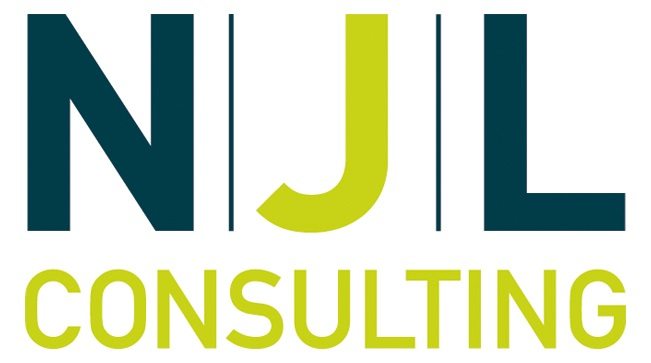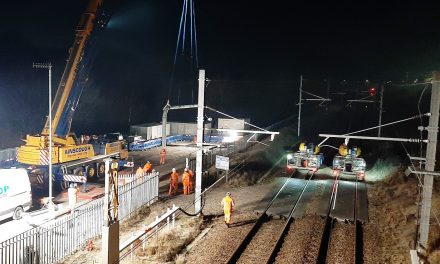The long-term profitability of any industrial facility is intrinsically linked to the lifespan of its core assets. While significant capital is invested in production machinery, the electrical infrastructure that powers it is often overlooked. A high-quality factory electrical installation is not merely a utility; it is a critical investment that directly impacts the longevity and performance of all connected equipment. Therefore, understanding the key quality considerations within an Industrial electrical installation is not merely advantageous, but fundamental to safeguarding asset value and ensuring unwavering operational resilience.
The Unseen Costs: How Subpar Workmanship Undermines Assets
Even with the best materials, the quality of an installation ultimately depends on the skill of the technicians. Improperly torqued connections, poor cable management, or incorrect load balancing can create systemic issues that lead to premature equipment failure. Such subtle faults precipitate voltage fluctuations and overheating, which, over time, degrade expensive machinery. This not only shortens its expected operational lifespan but also necessitates costly, unplanned replacements. This critical reality underscores the indispensable need for meticulous attention to detail in every aspect of the installation process.
Beyond Specifications: The Imperative of Premium Material Quality
The selection of materials is a foundational aspect of a durable electrical system. Using high-grade, certified components—from industrial-strength cabling to robust switchgear and circuit protection—ensures the system can withstand the harsh conditions of a factory environment. Within an Industrial electrical installation, superior materials inherently resist degradation from heat, vibration, and chemical exposure. This provides a stable power supply, safeguarding sensitive equipment and minimizing the risk of failure over decades of operation. Ultimately, investing in superior components upfront is a strategic move that significantly reduces the total cost of ownership throughout the asset’s lifecycle.
Strategic Design: Future-Proofing Industrial Electrical Systems
A truly high-quality electrical installation is designed not just for today’s needs, but for the demands of tomorrow. This involves planning for the future scalability of the factory electrical installation, such as accommodating increased automation, robotics, or the integration of renewable energy sources. This foresight in the initial design phase is a critical quality metric that extends asset lifespan by preventing the need for disruptive and expensive retrofits as the facility evolves. A well-planned system adapts to technological advancements, securing long-term operational efficiency.
Adherence to Standards: Ensuring Safety and Reliability
Compliance with stringent international standards, such as those set by the IEC (International Electrotechnical Commission), is a clear indicator of a quality installation. These standards govern every aspect of electrical safety and performance, ensuring the system is not only reliable but also safe for personnel. Adherence to these guidelines minimizes operational risks and legal liabilities. Compliance is a non-negotiable aspect of quality that safeguards both people and equipment, reinforcing the integrity of the entire system.


















